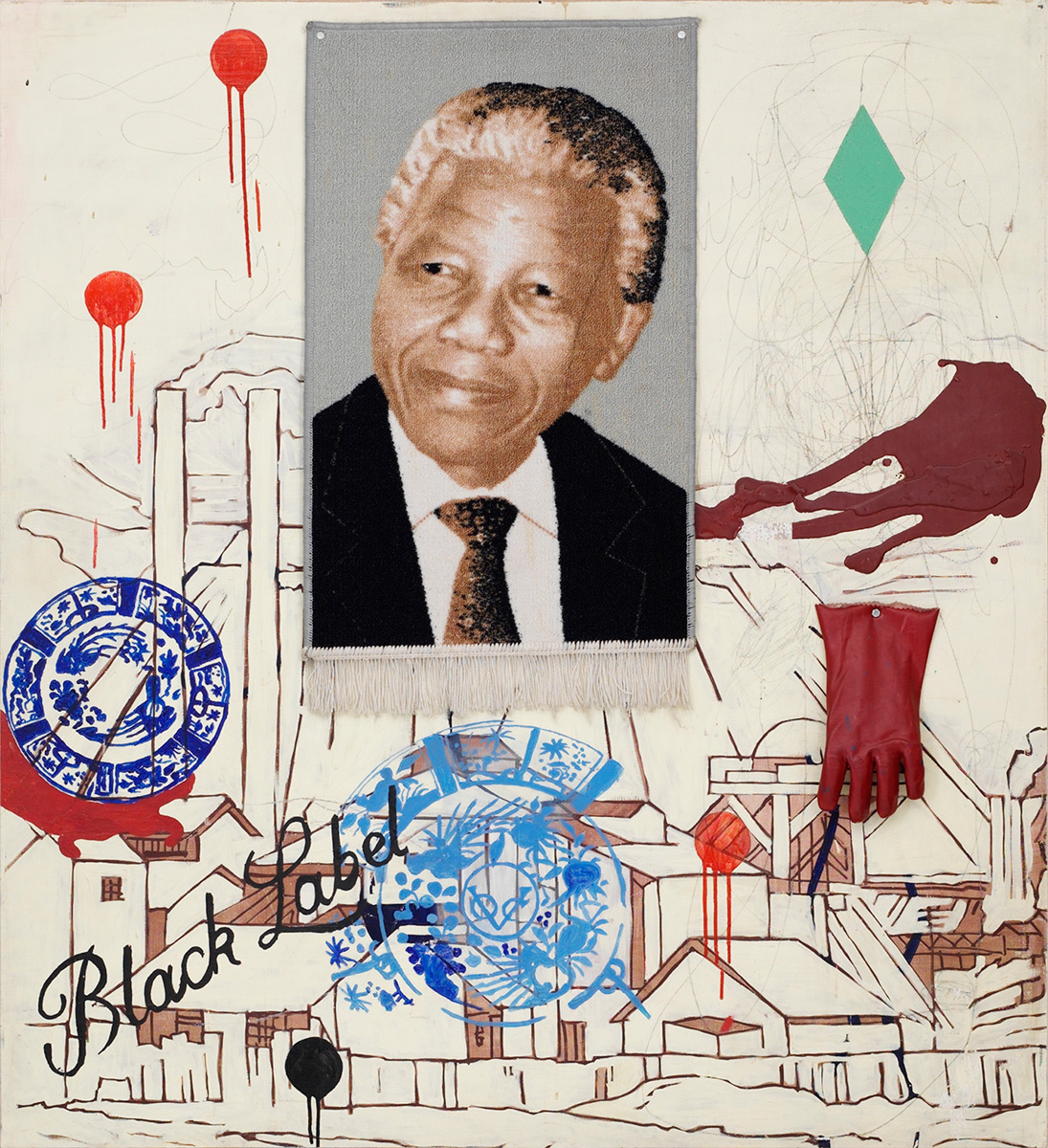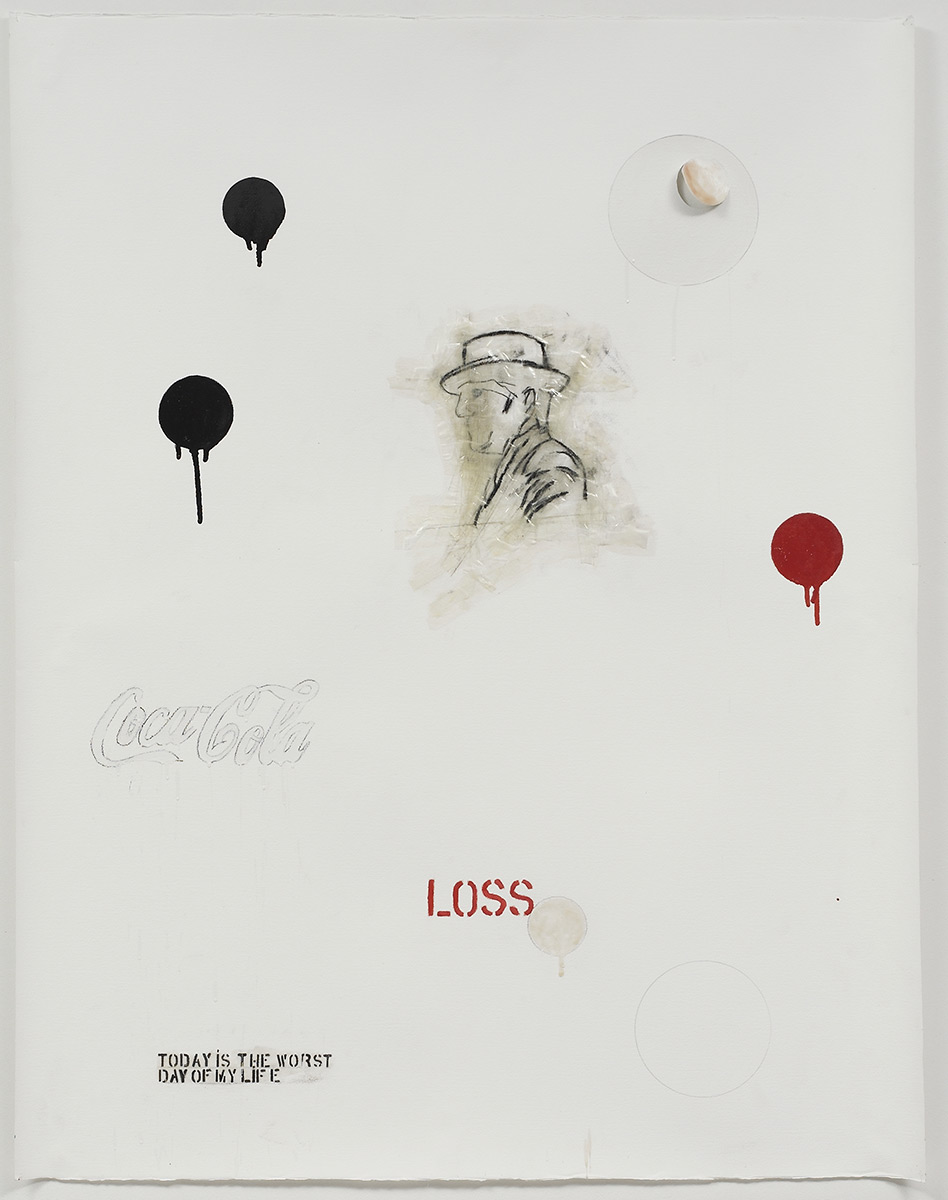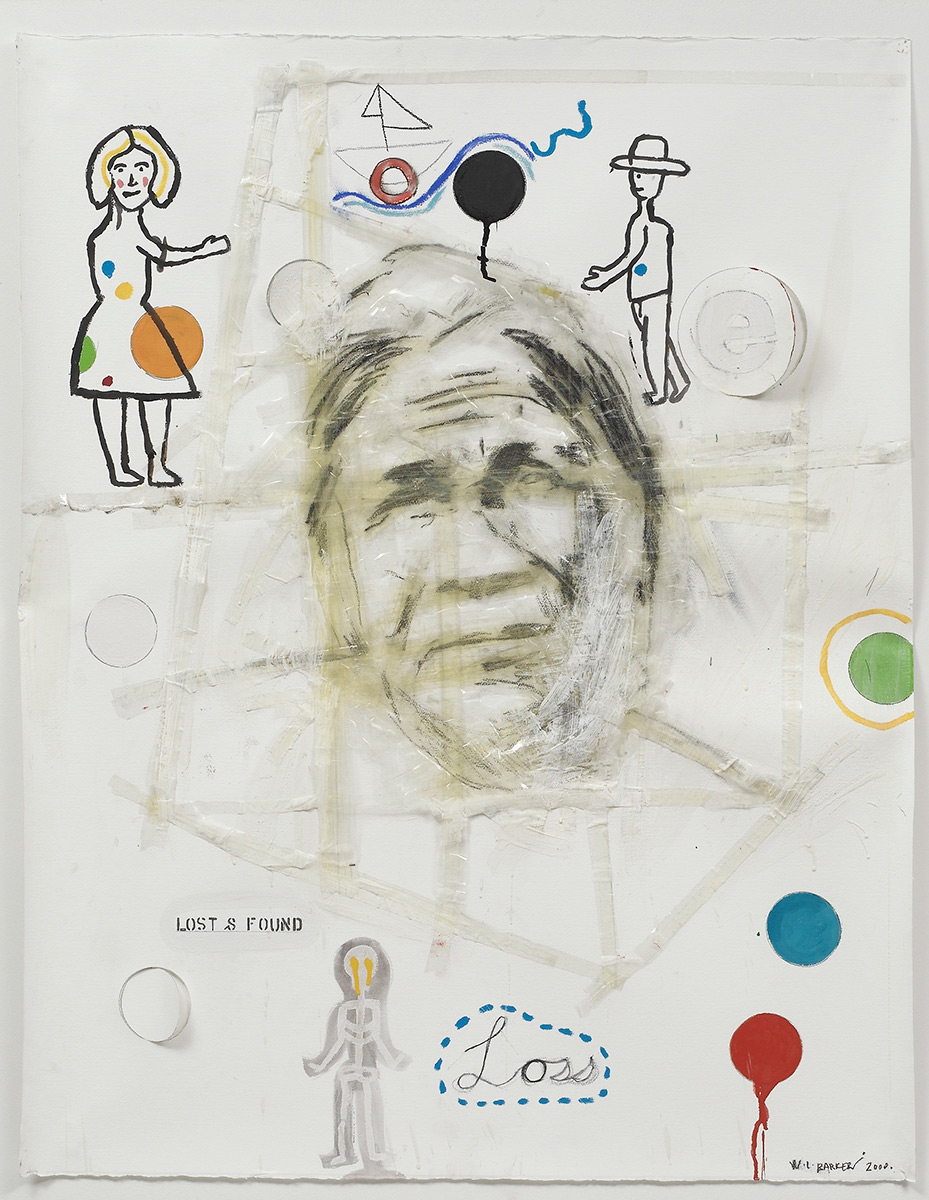WAYNE BARKER (b. 1963)
BIOGRAPHY
Born in Pretoria to a white, conservative, working-class family, Wayne Barker studied at Pretoria Technikon and half-completed a degree at Michaelis School of Fine Art at the University of Cape Town, before returning home in 1983. He evaded military service by pretending to be mentally unstable and, having been disowned by his parents, set himself up as an artist in Johannesburg. Barker later went on to pursue an honorary postgraduate degree in Fine Art at the École des Beaux-Arts in Marseilles in 1998.
His work rose to prominence in the late 1980s at the height of the political unrest during apartheid. Barker works in various media, including but not limited to painting, printmaking, sculpture, video, performance and installation. Major concerns have included the legacy of colonialism in South Africa, contestations over land, race, reconciliation and accountability.
Barker’s name became synonymous with rebelliousness and recklessness. He was referred to frequently as the enfant terrible of the South African art scene. His Famous International Gallery (FIG) was a turning point in the exhibition of South African contemporary art between 1989 and 1995. An artist-run space, the gallery was a place for younger artists to exhibit their work. Many of these artists eventually rose to prominence, including Kendell Geers, Minette Vari, Barend de Wet and Stephen Cohen.
In the early 1990s, Barker started an investigation that would span over two decades, recreating Afrikaner nationalist landscape artist JH Pierneef’s (1886–1957) landscapes and introducing neon dots, splatters of lacquer paint, overlaid images and other elements to them to elaborate on issues surrounding land, freedom and desire in his own time.
In addition to collaborations with other artists, Barker has collaborated with the Qubeka Beadwork Studio, based in Cape Town, to realise large-scale glass beadworks. His work has featured in several international biennales, art fairs and retrospective exhibitions.




